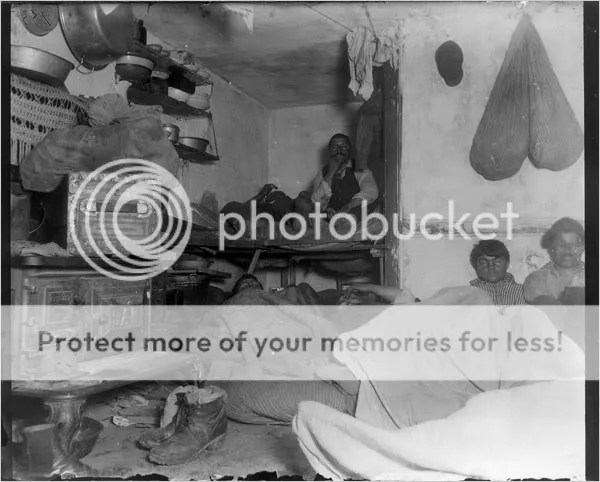Documentary photographers and socially concerned photojournalists have been working in the United States since the 1880s. At that time, Jacob A. Riis wanted to bring to light the atrocious living conditions in the lodgings, basements and back streets of New York City. Riis’s photographs were the proof that society needed to change. Thanks to advances in technology it was possible for the images to be reproduced and distributed to a wide audience.

Five Cents Lodging, Bayard Street, c.1889. Jacob A. Riis (1849-1914). Gelatin Silver Print. Jacob A. Riis Collection, Museum of the City of New York.










